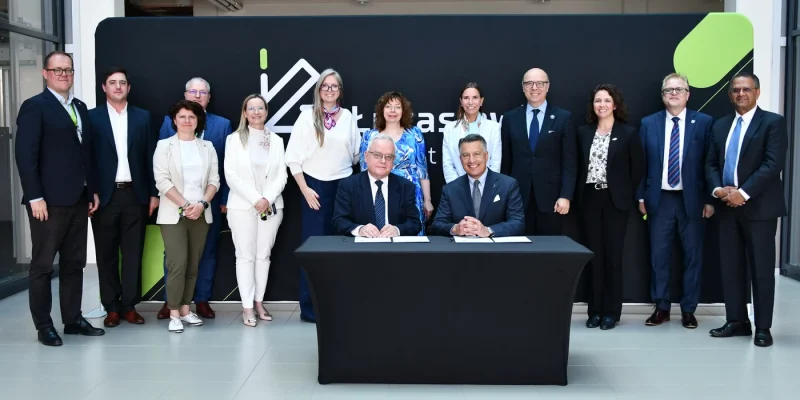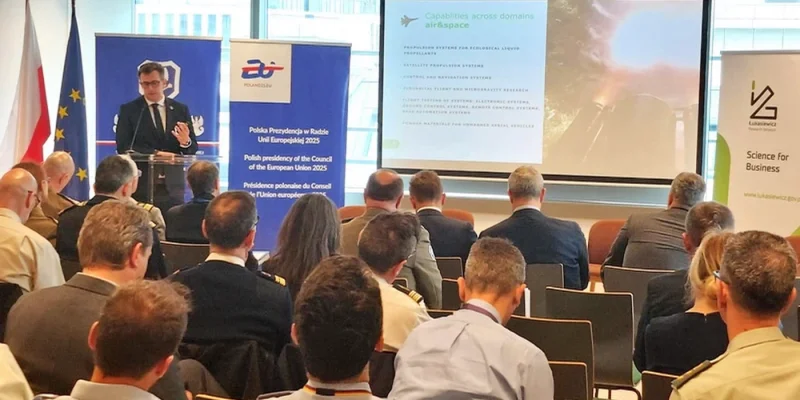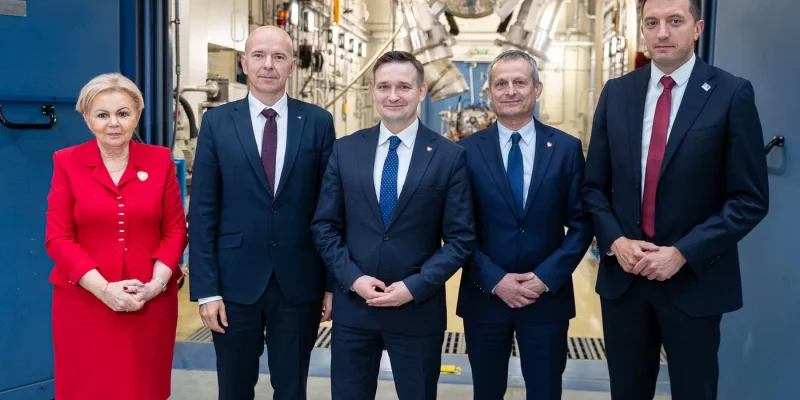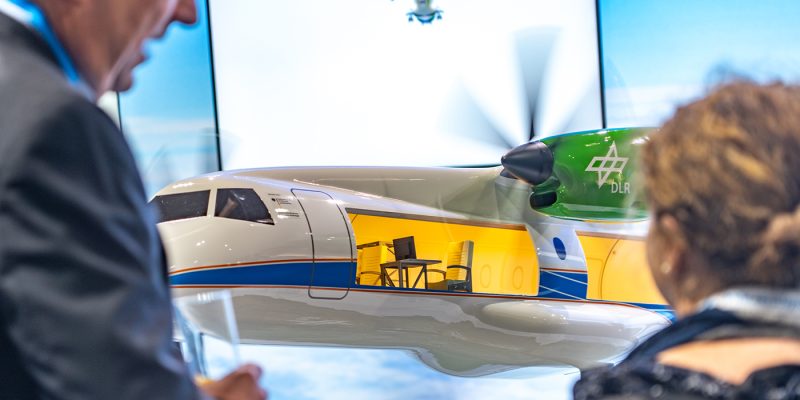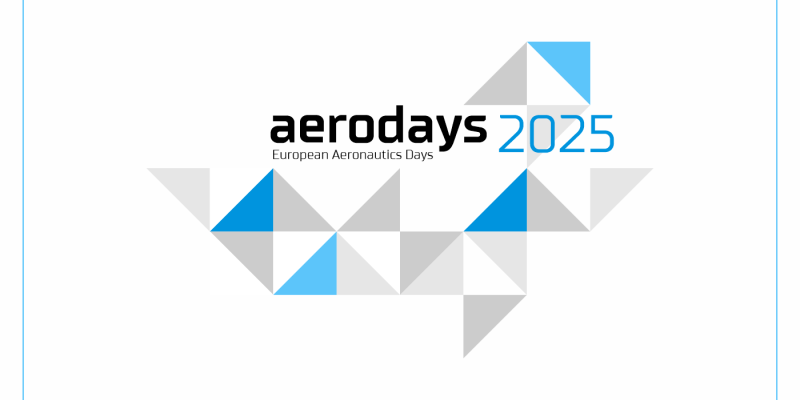The main objective of the TFAST project was to study the effect of laminar-turbulent transition location on the structure of interaction. The main question was how close the induced transition may be to the shock wave while still maintaining a typical turbulent character of interaction.
The main study cases – shock waves on wings/profiles, turbine and compressor blades and supersonic intake flows – helped to answer open questions posed by the aeronautics industry and to tackle more complex applications. In addition to basic flow configurations, transition control methods (stream-wise vortex generators and electro-hydrodynamic actuators) were investigated for controlling transition location, interaction induced separation and inherent flow unsteadiness. TFAST for the first time provided a characterization and selection of appropriate flow control methods for transition induction as well as physical models of these devices.
Institute of Aviation was involved in the following areas of investigations:
- Numerical simulation of laminar-turbulent transition and investigations of its influence on basic aerodynamic characteristics of laminar airfoil.
- Modelling of Vortex Generators in numerical simulation of boundary layer transition.



